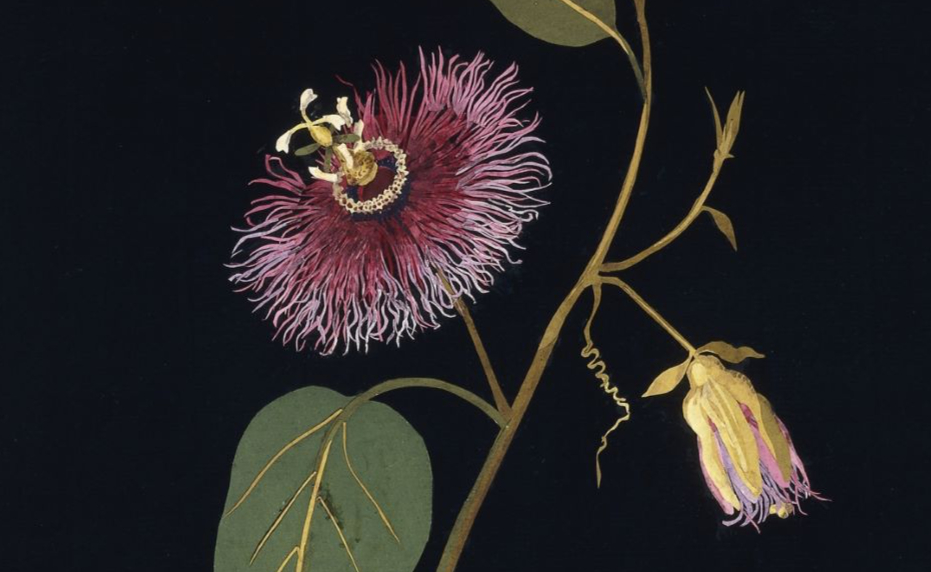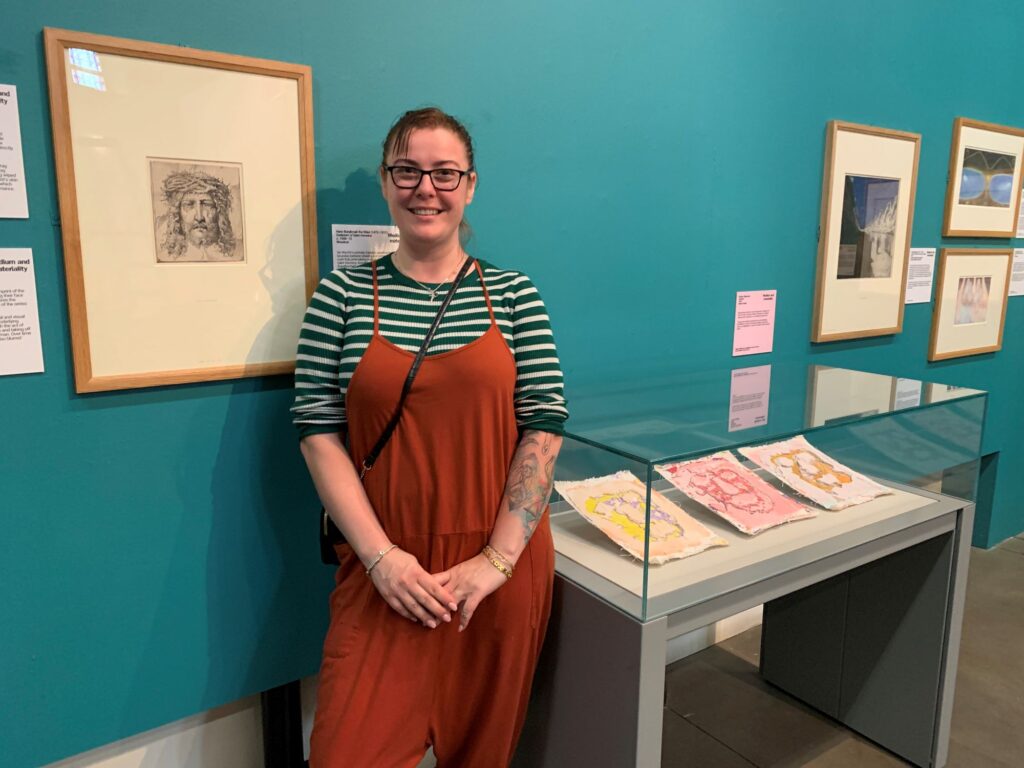
“It’s amazing. This is such a big thing for me,” says fine art student Blanka Olejniczak. “I’m just starting in this field and I’m so proud.”
That’s understandable.
We’re standing beside Blanka’s contribution to the latest exhibition at Hartlepool Art Gallery which features works by Andy Warhol, Édouard Manet, Barbara Hepworth and others.
Drawing attention: emerging artists in dialogue is, as the title suggests, a kind of conversation between artists living and dead, the latter mostly famous and the others perhaps getting there.
- Read more: Remembering the remarkable Mary Butterwick
- Read more: My life through a lens: Simone Rudolphi
There’s a wow factor to this exhibition in that it features rarely seen drawings from the British Museum collection.
They came out of storage after a decade for three bespoke exhibitions — in York, Wolverhampton and finally this one in Hartlepool — and will then, owing to their sensitivity to light, disappear from public view for another 10 years.
See them while you can.
Blanka’s mixed-media Imprints are fragile too, mask-like images made largely of plaster applied to canvas but also incorporating paint and ink.
They lie at a gentle angle in a display case near the 16th-century woodcut print that provided the inspiration.
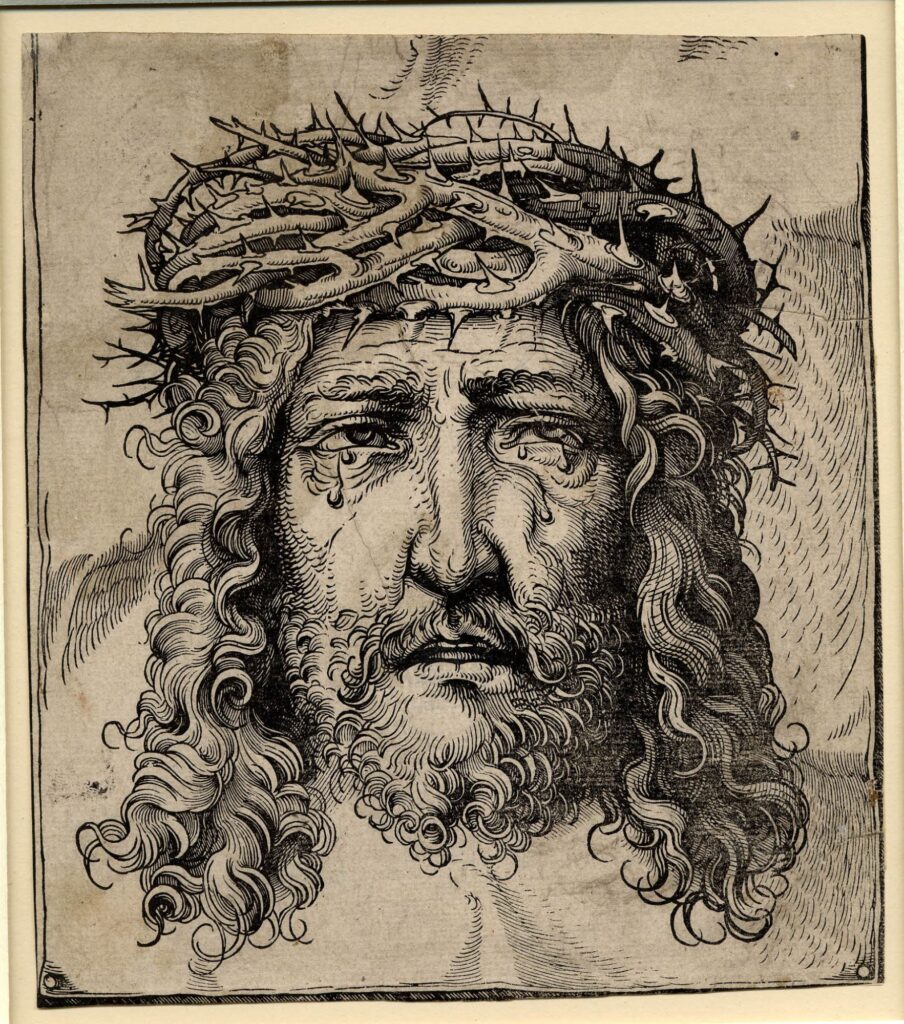
It’s by the German artist Hans Burgkmair the Elder (1473-1531) and shows the impression of Christ’s head crowned with thorns as it reputedly appeared on the veil — or sudarium — of Saint Veronica after she had used it to wipe his face on the road to Calvary.
Blanka was drawn to the work.
“It’s a beautiful drawing but this is my interpretation. We all had a list of the artists in the exhibition so we could choose which we wanted to respond to but it just came into my mind that I could work with this.”
It’s a lovely example of how artists from across the ages communicate with each other through their work, creating a ripple effect of further conversations and responses.
Blanka tells me she moved to the UK from Poland 10 years ago.
For seven of them she lived in London and was employed as a carer looking after mostly elderly people with conditions including dementia and multiple sclerosis. But she’d loved art since childhood and decided this was where her passion lay.
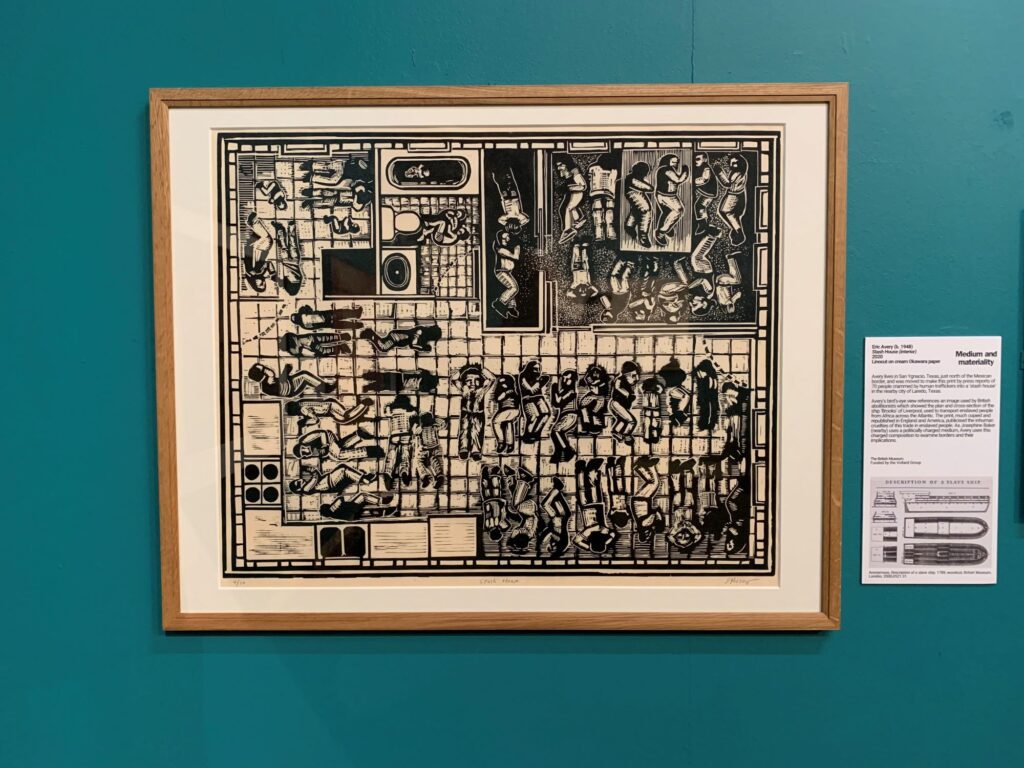
She moved to the North East three years ago and enrolled at the Northern School of Art which has campuses in Hartlepool and Middlesbrough.
This, she says, was the moment she considered herself having turned to art professionally.
“I’m in my second year now and so excited to be here. They give you so many opportunities and I really enjoy it. I like doing mainly expressionist and abstract work and I love doing half painting and half sculpture, as you see here.”
Blanka doesn’t regret her years as a professional carer.
“I gained lots of experience and without that you can’t be creative. I met so many amazing people and they gave me inspiration with all their stories and now it lives inside me.
“As an artist you’re not just expressing yourself, you’re expressing everything you’ve ever learned from everyone.”
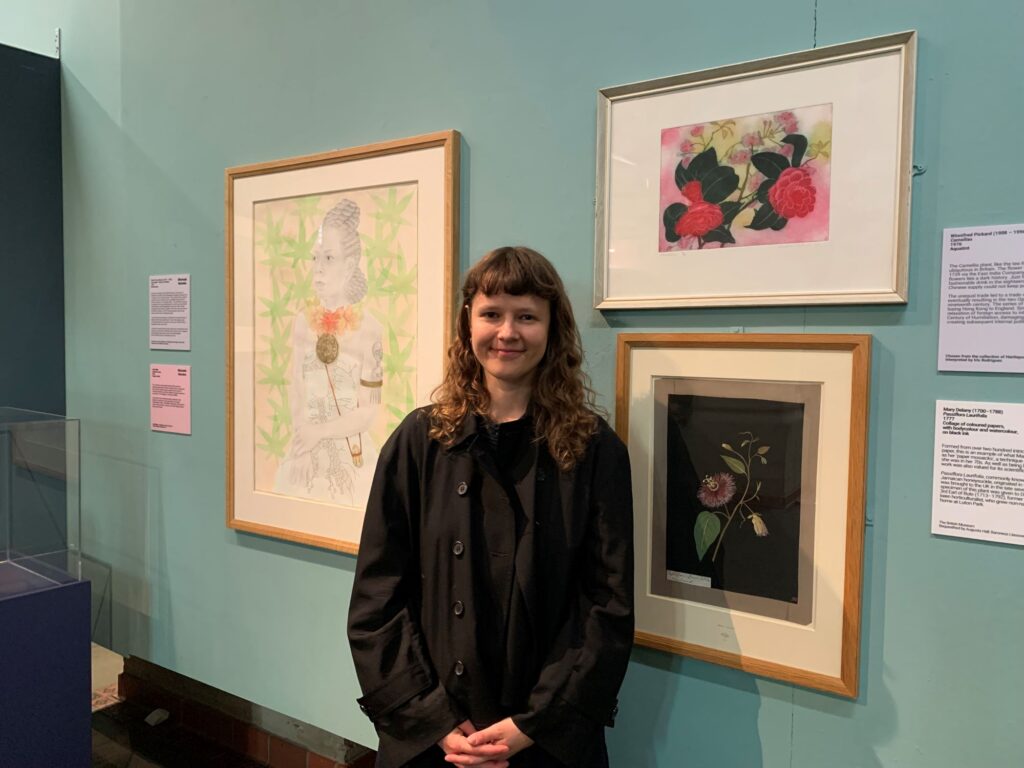
The British Museum drawings fall into two categories: historical artworks that have long been part of its collection; and those by up-and-coming artists based in Britain that were acquired thanks to a new collecting award from the Art Fund charity.
Isabel Seligman, Monument Trust contemporary drawing curator at the British Museum, settled on 30 drawings after an exhaustive tour of studios, exhibitions, art fairs and graduate shows.
Explaining the criteria she applied during her journey of discovery, she says: “What I thought important was that although drawing isn’t necessarily these artists’ main medium, it is still an important part of their practice.
“I wasn’t looking for preparatory drawings but for works of art in their own right.”
- Read more: When Tyne Tees was Super-charged
- Read more: Friendships formed from a sticky situation
Seeing them, you might find they challenge your idea of what a drawing actually is.
Portraits by Sin Wai Kin, for example, feature marks applied using make-up from facial wipes, memorialising the artist’s drag appearance at the time of London Pride 2017.
“I think that was part of the point,” says Isabel. “I think so many emerging artists are taking drawing in new and exciting directions. I wanted to capture some of that and give a voice to this new generation of artists.
“Actually people have been pushing the boundaries of what we would consider a drawing over the last 50 years.”
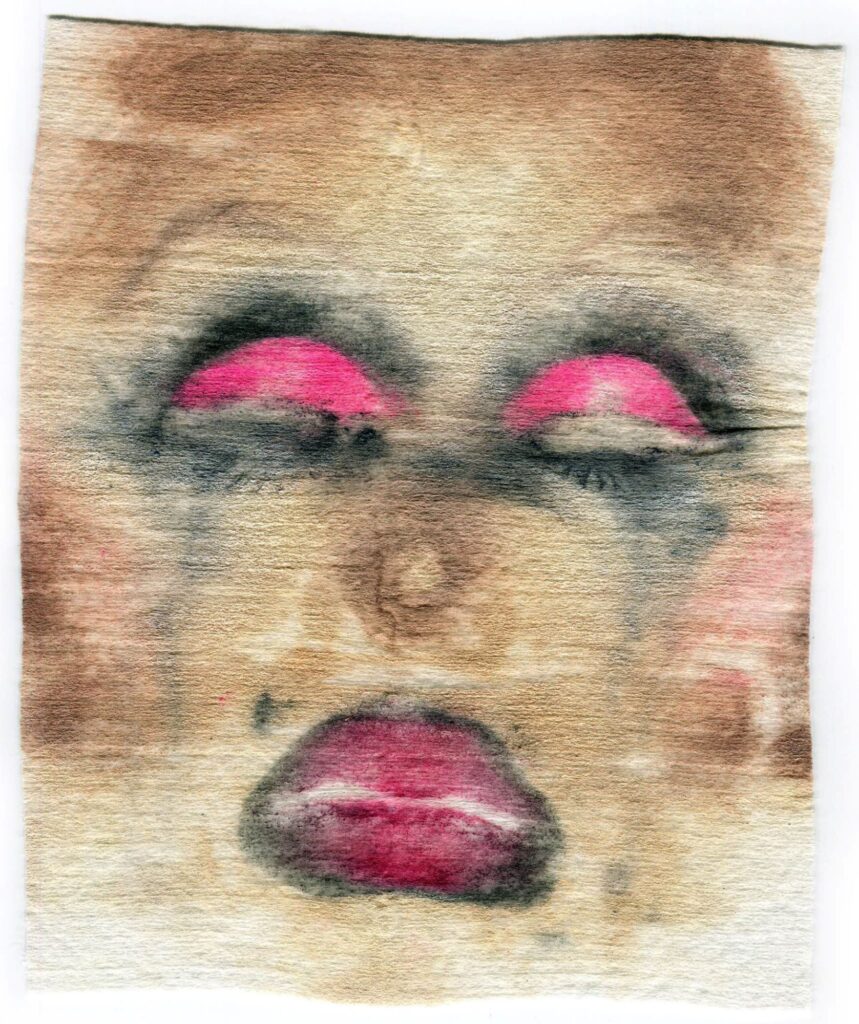
Sin Wai Kin, born in Canada but based in the UK since 2009, was nominated for the Turner Prize in 2022.
Naturally, Isabel says all her chosen works are special but she singles out one by Charmaine Watkiss who researches the herbal healing traditions of Caribbean women and puts herself in drawings that convey her findings.
“Here she’s looking at the plant which castor oil comes from but which is also the source of ricin, the poison, so it has this dual ability to heal and harm.”
The Watkiss drawing in front of us, Double Consciousness: Be Aware of One’s Intentions, hangs beside another extraordinary work by 18th-century artist Mary Delany who, in her seventies, produced what she called ‘paper mosaicks’.
Admired for their botanical accuracy, you will have to stare hard at Passiflora laurifolia to see that it’s a collage rather than a watercolour — and you still might not be convinced.
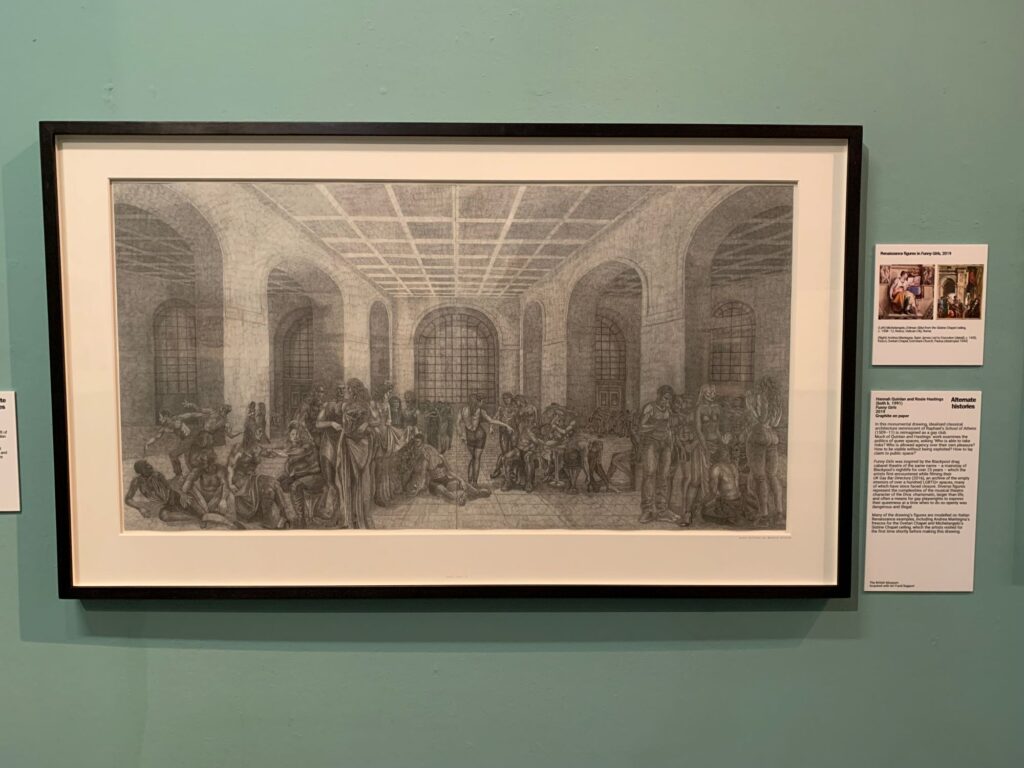
Another of the acquired works is Funny Girls by artistic twosome, Hannah Quinlan, from Newcastle, and Rosie Hastings. Their large 2019 drawing reimagines a Renaissance palatial interior as a gay club.
It’s so well done that it demands, appropriately, a double take.
If the third element of this multifaceted exhibition are the drawings done by the Northern School of Art students, the fourth is the items chosen from Hartlepool’s art collection by the Young Producers group assembled by Tees Valley Museums Group.
Gallery curator Angela Thomas says all are aged under 25 with an interest in working in the creative sector.
Recruiting the group was part of the drive to involve as many people as possible in the exhibition and maximise its impact.
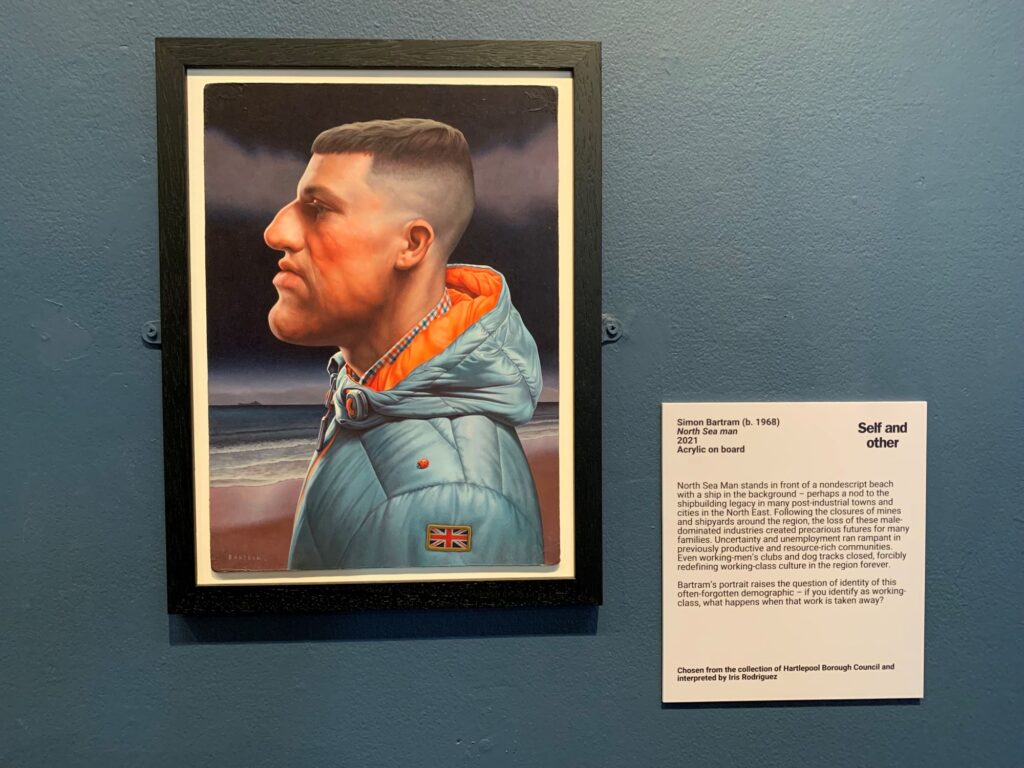
So it is that the Burgkmair print, Andy Warhol’s 1971 colour screenprint of an electric chair, a tiny etching of Manet’s famous painting Olympia — made by the artist as a work in its own right — and Blanka’s creations are joined by a 1962 portrait of Hartlepool-born writer Compton Mackenzie by Emilio Coia and a 2021 portrait, North Sea man, by North East artist and children’s book author Simon Bartram.
It all makes for an eclectic and absorbing exhibition.
Gemma Ptak, assistant director at Hartlepool Council, says there has been some “fantastic engagement” in the run-up to the opening. You can see it reflected on the walls.
“I think we’re higher than pre-pandemic attendance figures now so full credit to Angela and the team.
“The last exhibition (of documentary photographs by John Bulmer) spoke very much to local people although we had phenomenal visitor figures for it.
“This one, we hope, will appeal more broadly. We’re trying to raise our profile as a visitor destination and things like this really add to that.”
Drawing attention: emerging artists in dialogue runs until August 24. Admission is free but find opening times and news of other events at the Hartlepool Art Gallery website



